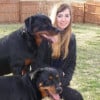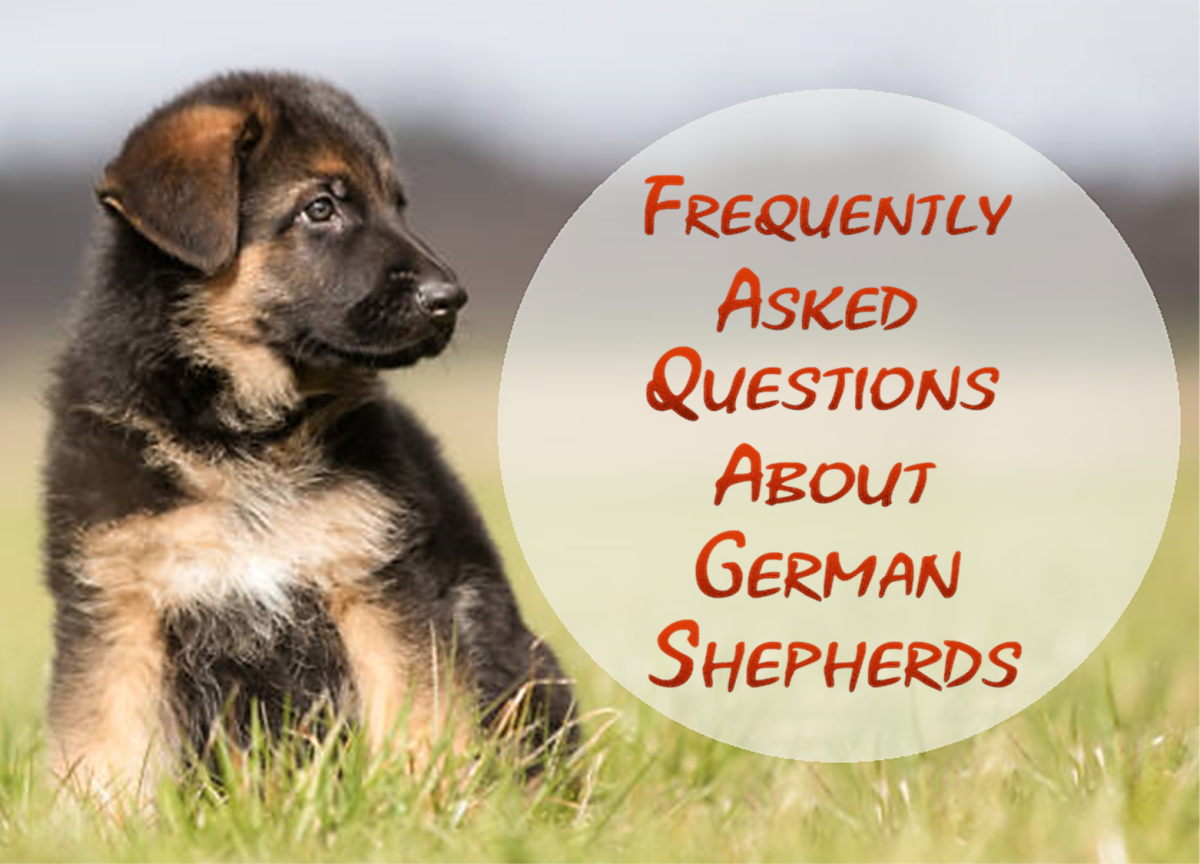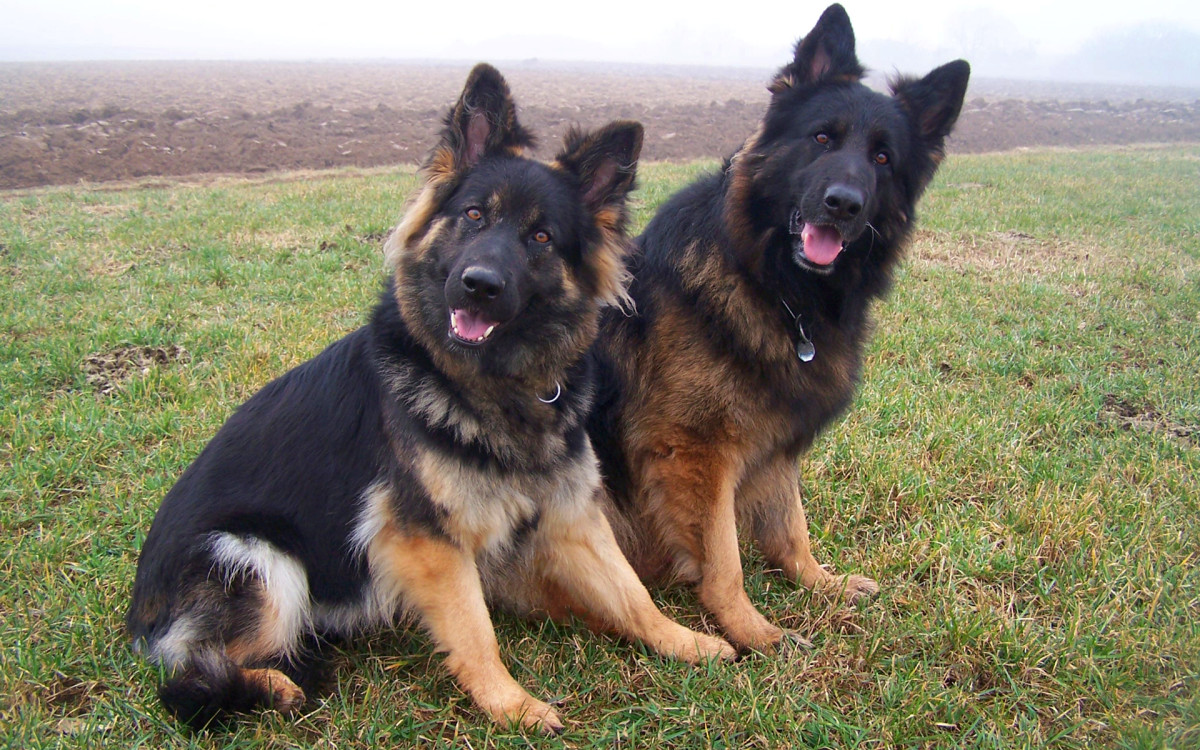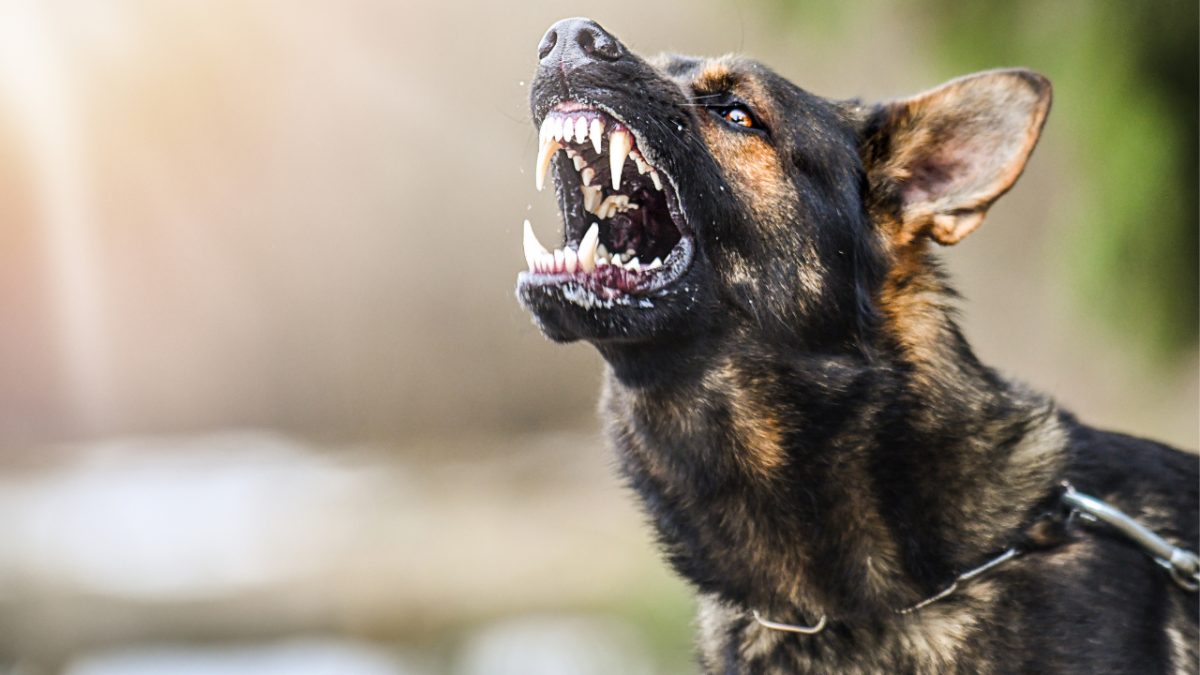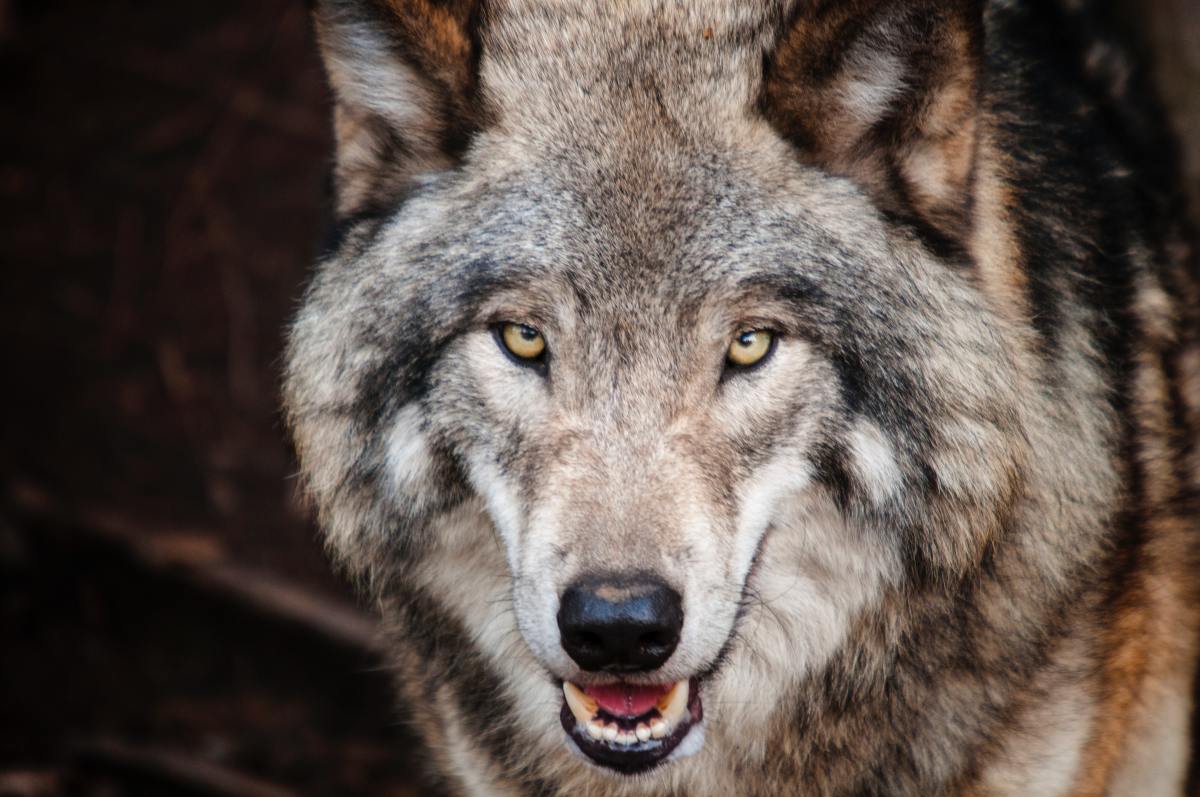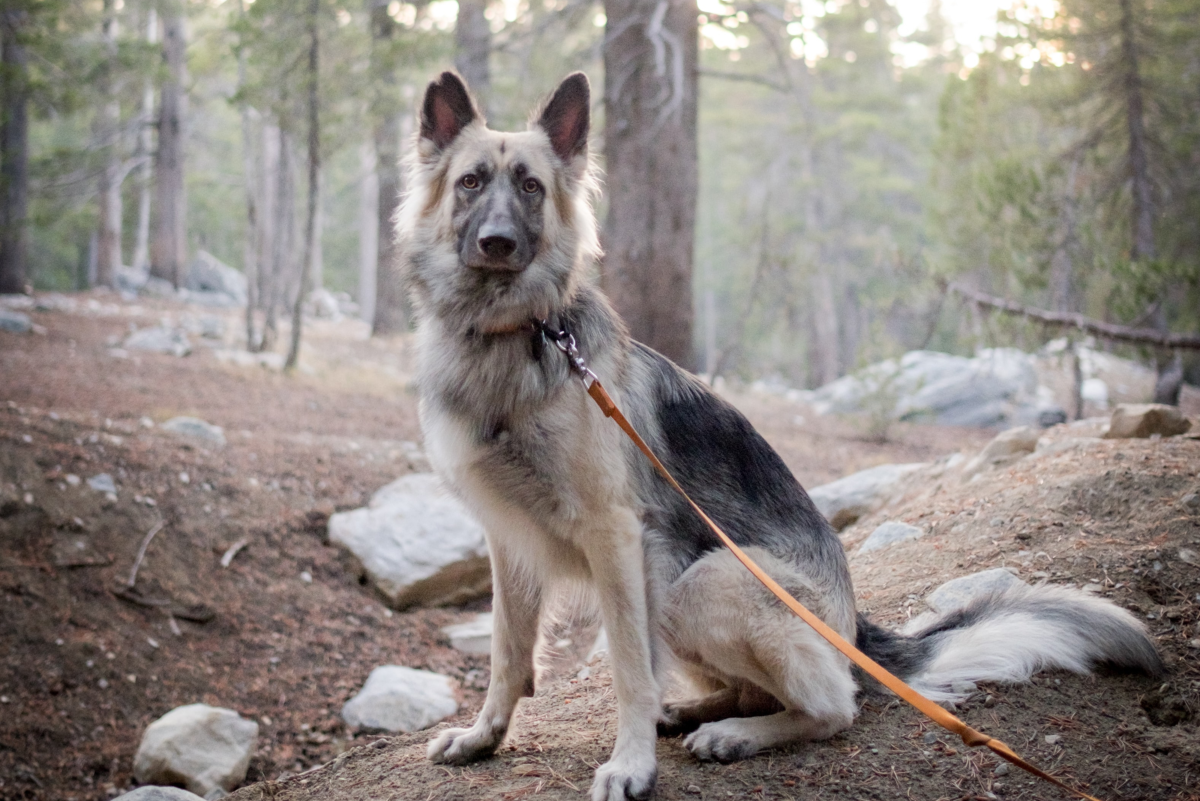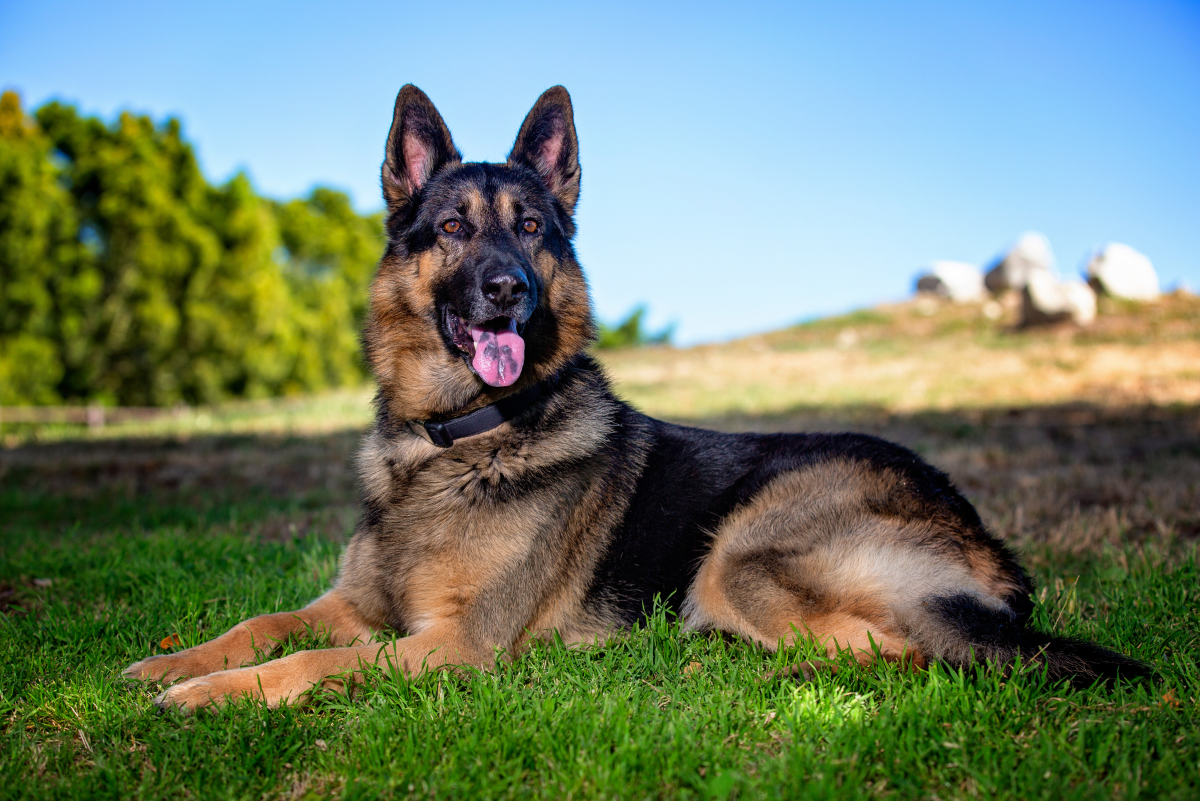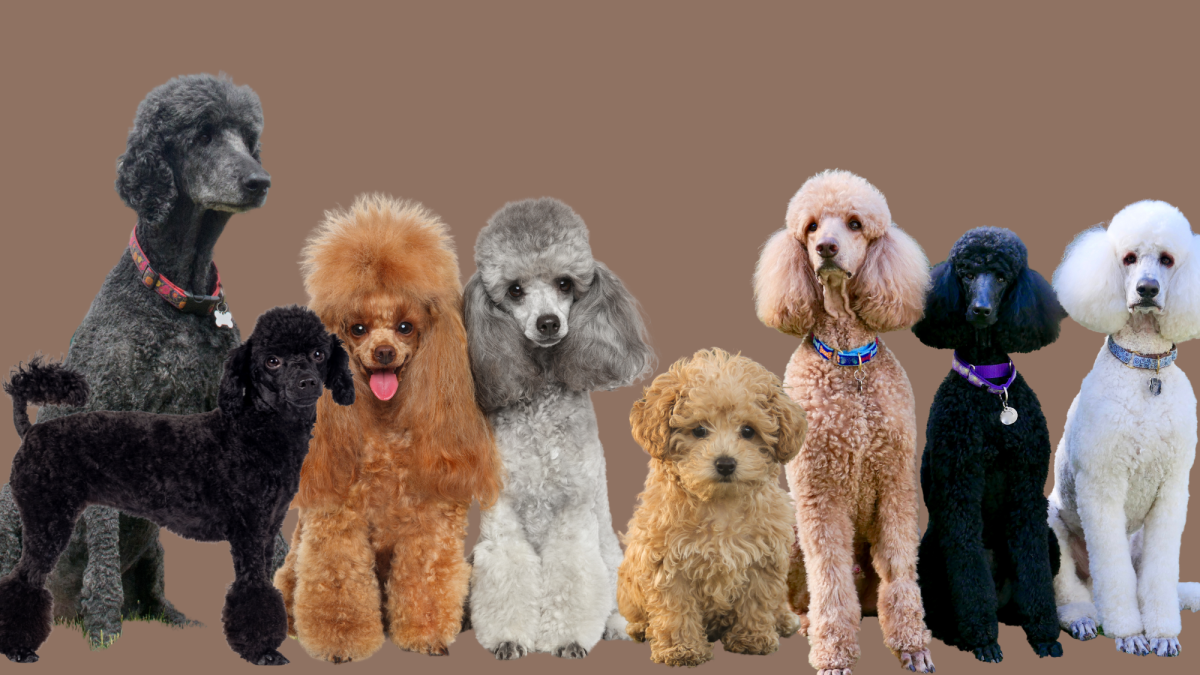- HubPages»
- Pets and Animals»
- Dogs & Dog Breeds»
- Dog Breeds
The History of the German Shepherd Breed
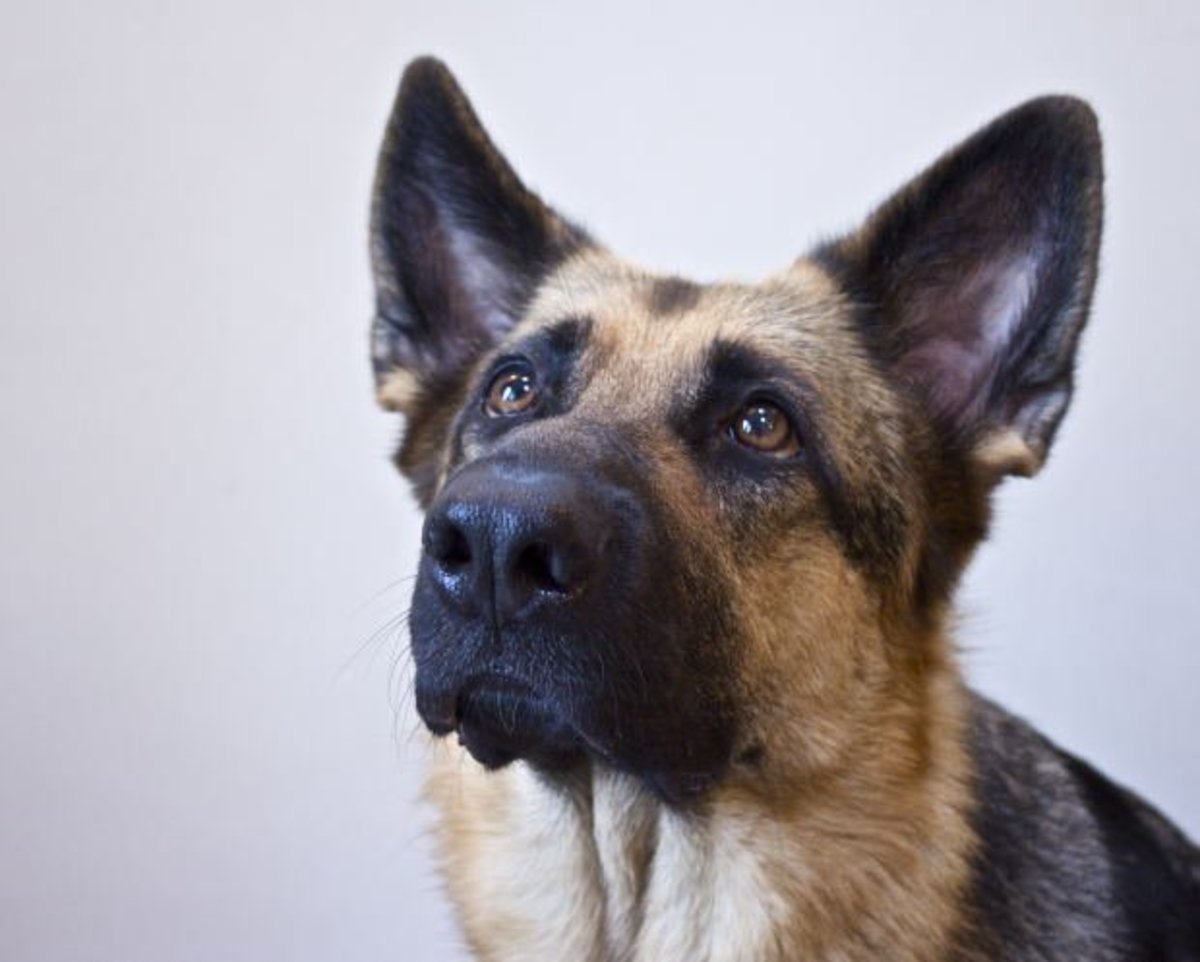
How it All Started
It all started when cavalry captain Max von Stephanitz envisioned a versatile herding dog equipped with great endurance. His dream was of a dog covering great distances, guarding the flocks, but yet, capable of being friendly and loving towards children and loyal to its owner.
In 1899, when attending a dog show, von Stephanitz was introduced to a dog named Hektor Linksrhein. This dog best fulfilled his idea of what a working dog should look like. The strength of this dog along with its great intelligence, and loyalty, impressed him so much that he bought him and re-named him Horand von Grafrath.
Max von Stephanitz therefore started an extensive breeding program and Horand von Grafrath was bred to selected females and sired several puppies. Von Stephanitz's perfectionism made him very selective in choosing high quality dogs that carried the herding dog degree. But most of all, he was always looking for that special dog equipped with a strong will to give, a good degree of devotion and that special physical expression of character and nobility. In short, the German Shepherd was born.
Today, von Stephanitz's book ''The German Shepherd in Word and Pictures'' remains one of the most extensive reference books on herding breeds in the world. Max von Stephanitz, often nicknamed as ''the father of the German Shepherd breed'' therefore, set the breed standards for the German Shepherd breed and became the first president of the ''Verein für Deutsche Schäferhunde'', the German Shepherd Dog Club of Germany.
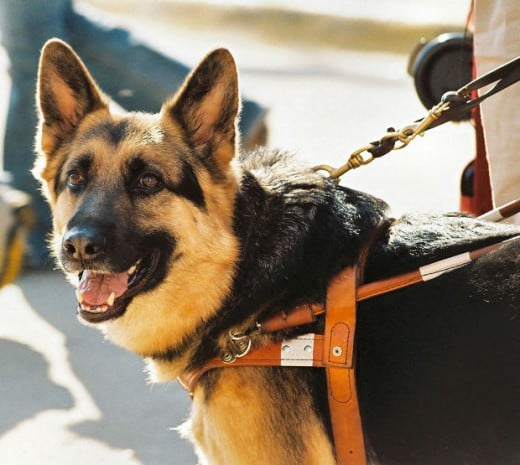
The High Versatility of German Shepherd Dogs
Max von Stephanitz however came to realize later that there were evolving changes taking place in the 20th century. While the German Shepherd was still mainly produced as a herding breed, there were increasing needs for dogs trained in other specialties. According to Mary Belle Brazil-Adelman, author of '' The German Shepherd Handbook'', by World War I, German Shepherds were recruited as search and rescue dogs, and for sentry and patrol. They were also successful in delivering messages during war and for personal protection. The German Shepherd dog was also, according to Lee Weston, the first dog to be officially trained to guide blinded soldiers. This ultimately led to the establishment of the well respected ''Seeing Eye Dog''.
Von Stephanitz at this point became involved in the establishment of the requirements for Schutzhund (personal protection) activities. He made having a schutzhund title a requirement for all German Shepherd breeding stock. Eligible German Shepherds had to pass all three phases of schutzhund: obedience, tracking and protection. They also had to be well rated for conformation and hip certified in order to be allowed to breed.

Introduced into the United States
The history of the German Shepherd dog into the United States is quite interesting. The first German Shepherd dog to officially enter United States soil, was a female dog named Mira V. Offingen in 1906. She was shown several times but was then returned to Germany. Afterward, in 1920 several German Siegers were imported to the United States to breed with Mira's progeny. The offspring became the foundation for the German Shepherd breed in the United States.
The popularity of the breed however came to a sudden halt during World War I, due to extreme anti-German sentiments. Because of this, the breed's name was altered from German Shepherd dog to simply ''Shepherd dogs''. During World War II, the breed was again re-named: this time ''Alsatian Wolf dogs''.
At the end of World War I, several soldiers returned home with German Shepherds. They were impressed by the devotion, bravery and intelligence of the breed and their stories abroad become very popular. Enamored of the breed and impressed by the tales, the public triggered the breed to become popular again. Two new heroes were honored and portrayed by film directors: Rin-Tin-Tin and Strongheart. Almost everybody at this point wanted to own a German Shepherd and the demand was growing abruptly. This overwhelmed the German breeders which were not willing to mass produce puppies.
Problems started when breeders abroad decided to mass produce causing problems in temperament and medical problems. With the Great Depression in force, several of these much wanted specimens ended up in the streets to fend for themselves. After World War II, another upsurge in popularity took place. Again, bad breeding led to poorly socialized, aggressive specimens with several blood lines affected by hip dysplasia, cataracts, elbow dysplasia, von Willebrand's disease and epilepsy.
Fortunately, among bad breeders there were some truly enthusiastic and passionate about the breed that really cared and followed von Stephanitz's motto "utility and intelligence". The German Shepherd Breed Club of America was founded in 1913. This club merged with the Shepherd Dog Club of New England and today boasts more than 3,000 members.
Today, German Shepherds remain one of the most popular dog breeds in the U.S. They are still highly appreciated for their devotion, loyalty, courage and eagerness to work....the same qualities that ultimately impressed Captain Max von Stephanitz.
For further reading
- How to Prevent or Reduce Territorial Aggression in D...
territorial dog, fodd, morguefile.com Territorial aggression may be a quite prized attribute for owners looking for a good guard dog, but it may ultimately have a lot of down sides. While it is an innate quality in certain dog breeds such as German.. - Why Some Dogs Become Protective of Owners
me walking with my Petra ans Kaiser Sometimes owners allow their dogs to become protective without realizing it. They only notice the gravity of the problem, when somebody innocent attempts to come near them to shake a hand or give a hug and the dog.
